Don't wanna be here? Send us removal request.
Text
Introduction.
My interest in surfing has led me to want to investigate how I can translate the calming and spiritual elements of the sea into physical objects, particularly furniture. As someone who grew up around the sea as a child, very often, I found myself being constantly drawn towards oceanic activities as well as the sense of calmness, mystery and nostalgic freedom the sea brings me. My research first started with surfing and its spiritual connotations. I have found that ancient rituals and habits regarding the sea have absolutely fascinated me, such as Hawaiian surfing culture and more so its ancient surfing culture and society. Such things such as board shaping rituals and competitions for “wave sliding” absolutely fascinate me as they demonstrate the more spiritual side to water sports and or interaction with the sea and show how the sea effected their daily lives and methods. As well as this, and other than surfing, Nautical culture and history such as the first boats to sail the seas and other water-based transports and mythology also deeply fascinate me. Explains such as when Greek sailors would pray to the god Poseidon for good luck with the tides, wind and weather are something of keep interest to me. There has historically always been a recurring theme of people being around the ocean tending to create strong bonds or connections with it, and the reason to why this is something that I would love to find and answer throughout this project Additionally, I have been investigating struggles that living in a land locked suburban area brings when one is particularly drawn to the ocean. I find that there are limitations placed upon a person who lives in a city to allow them to connect to the sea, other than artificial bodies of water like Brentford Leisure centre. I was introduced to the ‘surf skate’ which was a skateboard design to harness the integrate of skating and surfing into one. Its concepts such as these which fascinate me, as I am then drawn to using the surf skate all the time to effectively `quench` my urges for being in the water. However, it is not just surfing that draws me towards the ocean as it is also its aesthetic beauty and fluidity. I have always found that there are few things that I could stare at for seemingly forever, and one of those things are the waves of the ocean. Whether it’s the satisfying movement or the overall flow and freedom that they bring, they are one of the most mesmerising parts of nature to me, hence why I am so interested in the sea from a cultural and habitual point of view as well as a visual language and style. Because of this I also harboured an interest into parametric design as more than often it serves as a great meeting point between the natural flow of the wave and the harsh structural properties of wood or metal in furniture, a material vastly different from the of water. With regards to furniture, I have always also wanted to explore my ideas and theme within this FMP through this idea of furniture and how furniture can not only be interacted via physicality but also how it can serve as an emotional and mental or spiritual solution also. For example, kinetic chair design allows for a person to move about in a chair allowing for the user to be entertained in areas such as a waiting room or other typically boring places. I want to utilise my interest for the sea through these styles of furniture and chairs to better understand how a crossover between land and sea can be created.
With regards to my topic being translating the seas physical and spiritual elements through objects, I have found that there have been a few designs that have shown me an insight into culture surrounding growing up by the sea. For example, I found an article by the university of Central Florida that talks about surfing culture and aesthetics. Within this article I am introduced to what it was like growing up around surfing at a younger age and how people viewed it. The general opinion was that it was always culturally the “cool” thing to do when growing up whereas in a city for example the “cool” or supposedly normal thing to do would be to ply video games or play football. Another article also related to the idea that surfing can be used for peace. Mathew Olsen writes for duke university about how surfing is multinational and how people within Palestine during harrowing times would flock to the sea to surf and escape their experience. In conjunction to this, examples of nautical gods have come up time and time again through my research. Regarding ancient mythology to do with the sea as previous mentioned Poseidon the god of the sea for the ancient Greeks comes up and how he ruled the sea and how the sea’s monstrous and raw power was of such magnitude that many people would assume the only way it could become this intimidating would be because of a god. I feel that reading into more of these articles about the sea and historical books depicting it such as Homers Odyssey or other cultural areas could highly benefit me in how people’s relationship towards the ocean was done back in times where they couldn’t move around the world as much as we can today and where often forced to live there. On the other end of my research, I have found that within parametric chairs ne particularly stood out to me being the “Z bench” by Oleg Soroko. Soroko’s use of the way he allows the chair to flow through within his slick design is something I would love to understand. There is a certain visual aesthetic that is very similar to the way the ocean moves. This parametric design is something that I feel I can gain a large amount of insight into when it comes to translating the ocean into a object, especially within the physical side of my project.
Throughout my other research I came across a few meeting points between to my two side so research. One was a video regarding the history of the surfskate, and another, a student’s final piece at the product and furniture design course at the university of Northumbria. The video about surf skating is an excellent example of how someone has used physical properties of an object and replicated the oceanic fun that surfing can bring. When looking into this its helpful to understand how from a more mechanical side of things, movement in water and the flow of it can be replicated using materials with hash properties. On the more environmental side, “Bodyboards to Furniture” by Harry Peck at Northumbria is a perfect example of tackling problems to do with the environment around the ocean. Whilst this is more towards the surfing side of the equation, I believe that Peck is tackling more problems to do with the sea, given its worrying amount of rubbish intake. I believe that more insight into how the plastic intake of the sea is effecting the environment and culture surrounding the sea as I think this would be very beneficial towards my overall aim of translating the calming and spiritual nature of the sea int physical objects as waste pollution of the seas is something that is very present in both those matters.
I also looked into Flow within architecture and kinetic design to try and gain insight into what I find so truly satisfying about the waves, and if that has been used as a technique within other mediums. The Rolex learning Centre in Switzerland is a great example of using the wave-like form to take away from its large use of concrete which is otherwise seen as a harsh and brutalist material. This is another great example of how the sea can be replicated over into the land by using materials with very different properties to water, and something that could really benefit me within my project.
When it comes to furniture and going for a more conceptual approach to design in relation to another topic, I have found that paste projects will help me out a large amount during this project. Projects such as “A Wild Exchange” and “Smithereens” are both projects that have taught me to utilise materials in very different ways. For example, in the Smithereens projects I was able to manipulate the rather stubborn hardwood to bend, by laminating the wood, even after being told by workshop technicians that it was impossible. In a similar route, the Wild exchange project had me splitting bamboo in other to maxims the material I had but also making bamboo more bend and easy to manipulate form wise. As well as this project such as “Touching me, touching you” and “Mischief Emporium” have both taught me to take ion a more emotional and conceptual response to design and societal objects / problems. These techniques I believe will help me to understand and research into my current topic and further enhance my testing. As well as these outcome led projects, the “Legs” project has enlightened me on a very knew and more make orientated style of research, very different to the previous style with the previously mentioned projects, Legs as a project is all about not just putting ideas down onto one page, and rather displaying testing and process through different art mediums such as films, model making or photography, all very useful techniques that will help me throughout the future of my project.
8 notes
·
View notes
Text

IDO 1.0 Design Studio Anna Szonyi,
Movement in design is something that really fascinates me as it adds a level of interaction into an otherwise idle situation. this bench design is designed for a waiting room, and its a perfect example of how kinetic movement can completely change up the way in which we do things that are seemingly boring.
0 notes
Text



Fluidity within design
What I have found through looking at random items at utilise fluidity in design is that these objects all use Smoove curvature to create a satisfying finish.
I love the way this easily stimulates the brain and makes one see the item as this beautiful object - which they often are, but a lot faster and without much thought.
0 notes
Text

flow within architecture:
Similarly to the previous post about design and fluidity, one of the best examples I have found is the Rolex Learning centre in Switzerland, that uses flow within its design and rooftops to contrast its otherwise primary concrete material base.
0 notes
Text

Hawaiian ancient rituals about surfing and spirituality within the sea is part of a growing interest within me. In the video blow, It talks about how they used spiritual connection's with the sea to drive their lifestyle and social hierarchy, a topic witch absolutely fascinates me
0 notes
Text
youtube
3 notes
·
View notes
Text


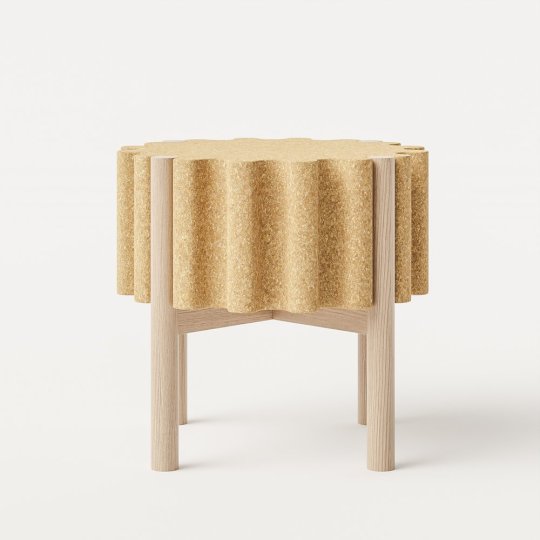

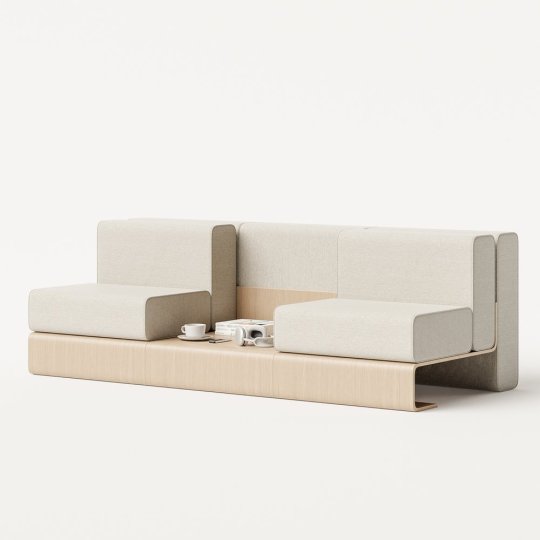
Teixeira Design Studio: Furniture
One of my favourite studios recently has been Teixeira Design Studio. I love their Scandinavian / Japanese style of approach to furniture as well as their practicality also. there is something very minimalistic yet playful about their designs and It takes a much more refined approach to furniture design.
3 notes
·
View notes
Text



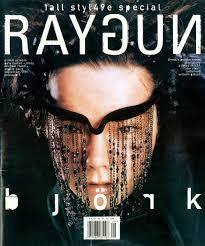
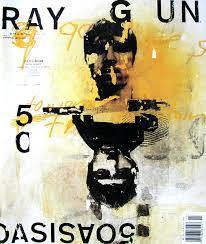
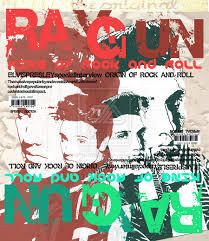
David Carson: Raygun magazine covers
I first came across David Carsons Raygun Magazine covers and was tekn aback buy his absolute polar opposite approach to magazine cover design in comaprison to caltalouges or sports magazines. his use of constant color bleeding and irratic imagry that makes it so your roughly know what is going on on the page but your also dont really is something I have always been a fan off.
8 notes
·
View notes
Text

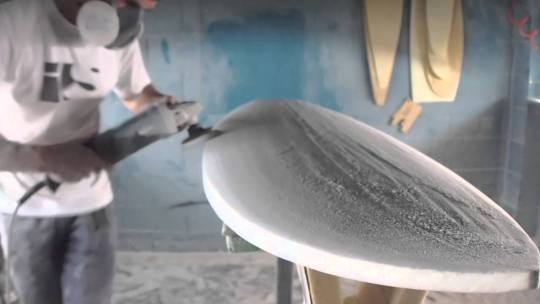


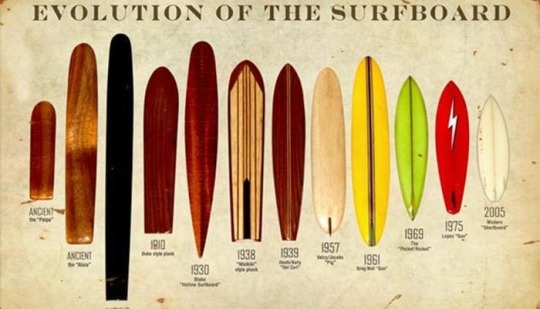
Surfboard shaping / Surfboard progression
Throughout history surfboards have dramatically varied in shape and size.
What I find most interesting about these surfboards is that there is a constant need for a shorter board the more recent the years get (ignoring the very beginning). I find this interesting because of how it shows the skill bar for anything can completely change the way in which people even create that thing in the first place. With surfboards as an example, people over the years have gotten better and more athletic resulting in the shortening of the board for faster, tighter turns with more potential for big air 360's and overall performance.
I have found that as well as this the art of shaping a board however has typically stayed true to its core. from the progression from wooden to foam to fiberglass boards; surfboards shapers and creators have never really gone afar from the previous methods and tend to stick to the comedically always blue surf shaping room with similar techniques.
I find it very interesting in how such a product can be changed so drastically over the years however the same techniques are still used broadly throughout the different materials.
0 notes
Text





Ancient / nautical Folklore and mythological beasts
One of my interests stemmed from classics in GCSE. I found that I had a good interest for Myths and Mythological stories. I often found myself searching up lore behind myths and beats such as Cthulhu or native American horror stories (traditional folklore).
Finding out crazy stories and real life "encounters" to where actual people belief in such exaggerated beats is fascinating. some people base their own lives of various folklore and myths even to this day and pass down stories from generation to generation.
0 notes
Text




Parametric Furniture
Parametric furniture is a style of furniture that has captivated me for a while now. The Z bench by Oleg Soroko is one of the main pieces that I first came across but since then many other parametric shapes and items have popped up.
I am a big fan of the satisfying nature of the way these benches come about and also the smart use of their material properties and flatpack like nature (even though they aren't technique a flatpack style of furniture)
https://archello.com/product/z-bench
0 notes
Text
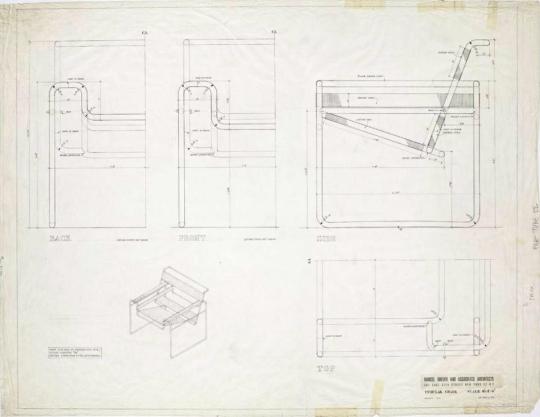


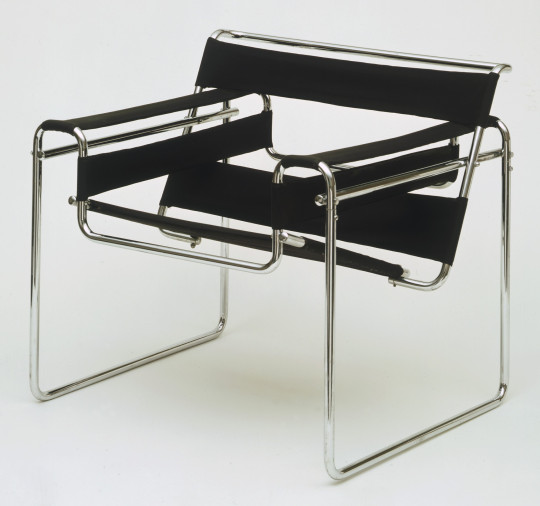

Wassily Chair: Marcel Breuer
Similar to the Parachute chair buy Raeburn and layer, I have always liked the Wassily chair for its very industrial and Bauhaus look, which is a style of chair design that I particularly find interesting.
I also find the Wassily chair interesting more specifically because of how it came to be. Marcel Breuer was inspired to make the chair when he bought his first bicycle around WW2 when a lot of industrial vehicles and machinery was being made in the masses for the contribution to the war.
I Particularly like how marcel has captured the looseness of the chair as well as its heavy use of negative space to visually separate it from its heavy material properties.
0 notes
Text

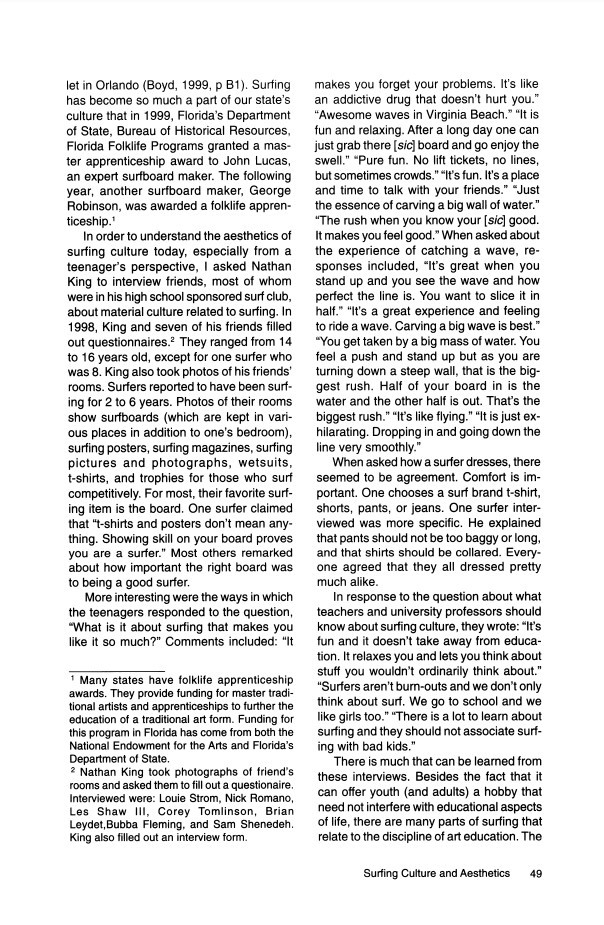
Teaching about Surfing Culture and Aesthetics Author(s): Kristen G. Congdon, Nathan B. King and Kristin G. Congdon Source: Visual Arts Research , 2002, Vol. 28, No. 2, Visual Culture (2002), pp. 48-56 Published by: University of Illinois Press
Another article relating to surf culture which i find interesting because of the general dynamic of which most people who surf often tend to skate, surf skate, snowboard and do other sorts of outdoor activities. I have always been interested in the difference in lifestyles for people that live in a different country buy a good surfing beach and how that can effect peoples interests throughout them growing up witch can also lead onto a difference in intellect, opinion, culture and physical health throughout peoples lives.
0 notes
Text



Surfing 4 Peace Author(s): MATTHEW OLSEN Source: World Policy Journal , Summer 2012, Vol. 29, No. 2 (Summer 2012), pp. 18-20 Published by: Duke University Press
this article fascinated me that surfing and beach culture can bring people together in very aggressive and dangerous times.
the surfing community is multi national and huge and is one of the most active communities full of broadly very very positively minded people.
0 notes
Text

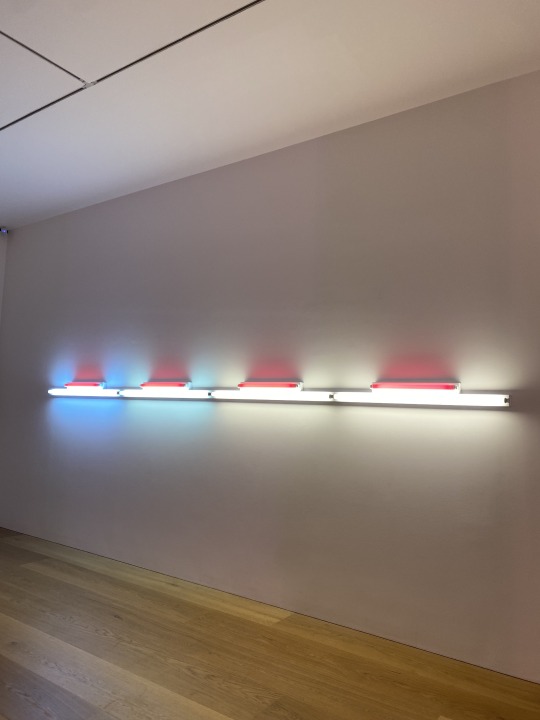



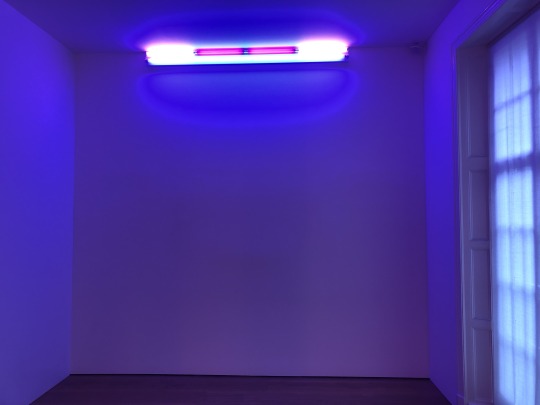
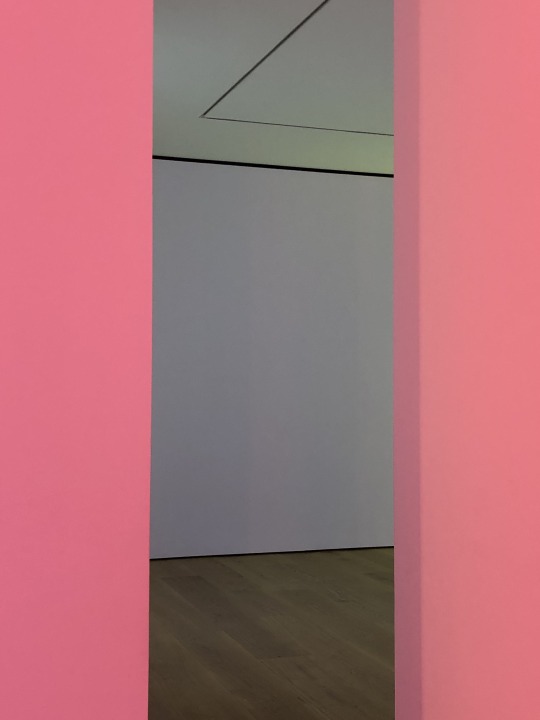
Dan Flavin: coloured fluorescent light 1960
Dan Flavin beginning in the early 1960s, produced a body of work that consisted of utilising commercially available fluorescent lamps to create what he called "situations" or feelings within an installation.
I like this body of work because of its utilisation of light and colour. colour has been a big interest of mine for a while when it comes to more fine art and visual communication side of my brain, but as well of this I liked the tactical positioning of the lights physically within the room so that the eye would consistently bounce around be drawn to each of them with haste.
lgith spae
0 notes
Text
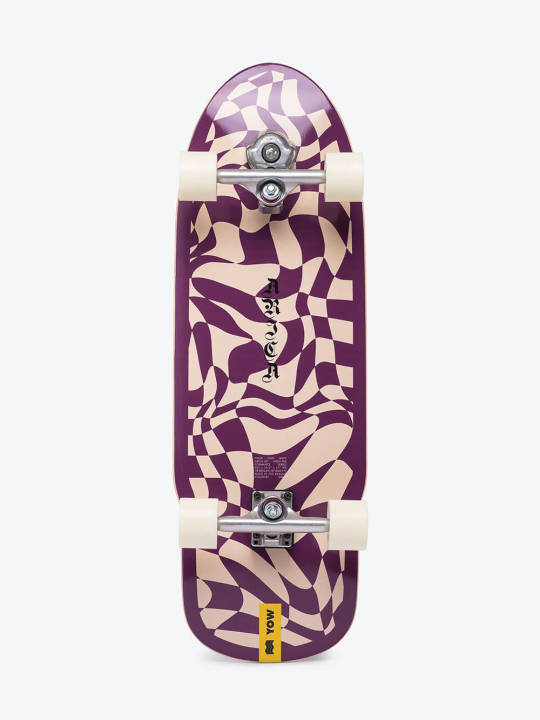

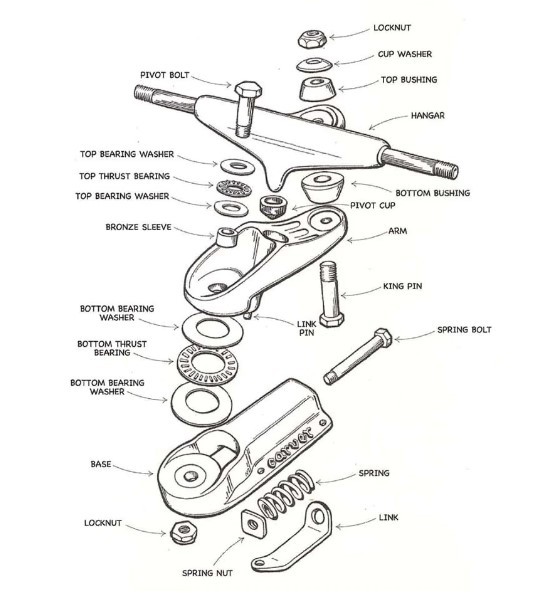

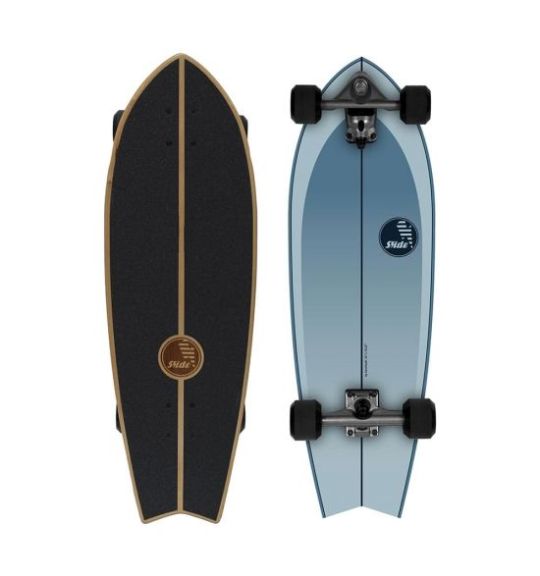
SurfSkating:
Surf skating is a type of skateboard hybrid that very closely mimics the feel of surfing but on land. As mentioned in my previous post about surfing, I have been frustrated with the idea that I am unable to surf given my location and this board type has allowed me to achieve this.
Whilst my interest for actual skating is very minimal, I am however interested in how the mechanics of the surf skate boards work and the different attempts at them in the past. I also like how a very natural and flow-ey feel can be created buy using such a mechanical and stiff material such as metal.
youtube
0 notes





